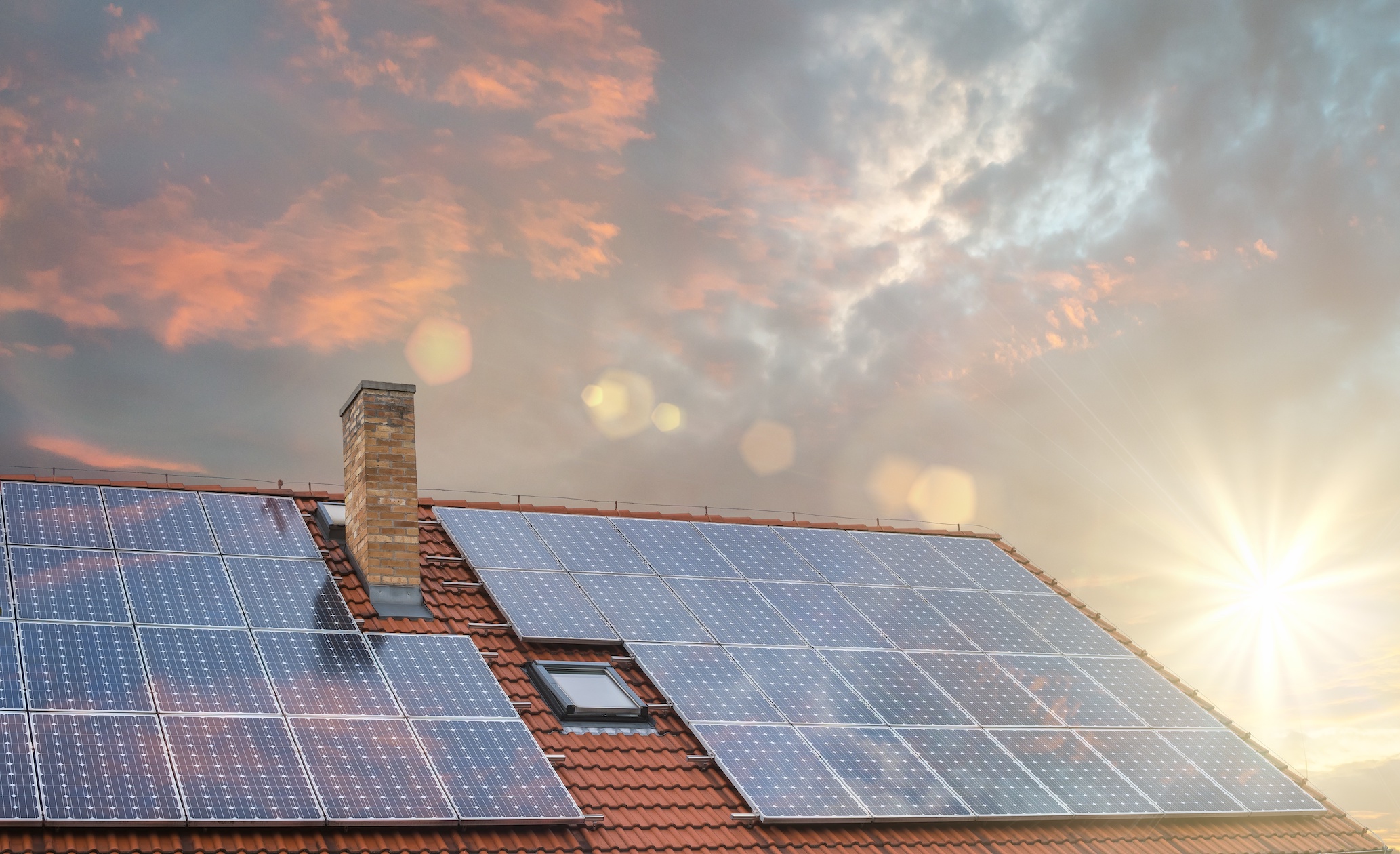
If you aren’t already educating your clients on how to maintain an eco-friendly property and you aren’t helping them transition to greener options, you are limiting yourself and your clients. In the past, green properties were specially constructed and designed to cater to a specific task. However, modern homes can easily be modified to accommodate green technologies. Eco-friendly building solutions have also evolved so that you can easily upgrade an existing home to be more eco-friendly.
Updating the home with greener options can help you increase the asset’s value. Eco-friendly buildings have lower maintenance costs, and having smart building solutions can even help you earn a better rate on rental properties. Commercial and residential buildings play a significant role in the overall carbon footprint, and smarter, greener solutions can help change that. Here are a few ways you can make your property more environmentally friendly.
-
Roofing
An excellent place to start is the roof. Since it covers such a large area of the home, making even small changes to the roof can have a significant impact. One of the most key things you can do for your roof is to get it insulated.
This can help to reflect heat in the summer and keep warmth contained in the building during the winter. When choosing an insulation material, you need to focus on the R-value to ensure you get the most efficient solution for your particular needs. Additionally, changing the colour of the roof can also help increase energy efficiency and reduce energy costs. Generally, roofing materials such as asphalt shingles and other tiled options have a darker colour which means they absorb more heat.
-
Solar
Solar technology is getting cheaper with every passing day. It is also getting more powerful, so you can produce more energy with each square foot of space you dedicate to a solar-powered system. This is especially valuable for people that live in regions such as Seattle, where they get a decent amount of light throughout the year.
You can quickly produce your entire electricity requirement from just a few panels on your roof and enjoy an uninterrupted power supply. Investing in better solutions and getting Tesla Solar experts in Seattle to install a sound quality system can help you meet your needs and contribute to the national grid. The latest solar panels can even produce energy at night from moonlight.
-
Lighting
Lighting is also a considerable energy expense in both residential and commercial properties. A couple of things can be done to make lighting more efficient. The first solution is to get more energy-efficient bulbs and lights. You can get LED lights, halogen bulbs, and even CFL bulbs to help you limit your energy costs. LED bulbs, in particular, can reduce the energy requirements by as much as 25%-30%, which can significantly impact your bill and the environment if your property has a lot of lights.
Alternatively, you can also look into smart-lighting solutions. These systems allow you to program the lights to set a specific time for when they will turn on and when they will turn off. Many innovative lighting systems also have an app to monitor which lights are on and aren’t. Moreover, you can also switch lights on and off through the app, making it much easier to save on energy costs.
-
Appliances
Another significant energy expenditure is the appliances that we use in the home. Since there are so many appliances, and many of them are high-wattage appliances, collectively, they contribute significantly to our w energy usage. Moreover, appliances such as dishwashers and gas-powered cooking equipment can also be a big drain on water and gas resources.
The best solution is to get the most energy-efficient appliances that you can find. If using ACs in the building, consider getting inverter models rather than regular ones. Changing the kind of appliances you use will help you save a lot of money. You can quickly expect a saving of 10%, but with careful usage, you can save a lot more.
-
Flooring
Changing the flooring in a building can also help a lot in making the structure more eco-friendly. Flooring options such as vinyl tiles or artificial, laminated flooring is harmful to the environment because it is produced and not biodegradable. Organic flooring options such as using hardwood are biodegradable, but they are harmful to the environment because it costs natural resources to produce them.
A safe and healthier alternative is to look for modern eco-friendly materials that can either be recycled or have been made from recycled materials. If you enjoy carpets and rugs, get ones made from natural materials so they can safely be disposed of in the future. Hemp is an excellent material to consider if you want a new carpet.
-
Insulation
Insulation is excellent for the roof but can also be used in other home areas. Heat can also escape through the home’s structure’s walls, floor, windows, doors, and other openings. Good insulation in the flooring, wall, and roof will ensure that every part of the home is insulated and protected from the environment.
When it comes to insulation, there is no one-size-fits-all solution. It all depends on the kind of structure, the size, and where it is located. Talking to an insulation expert will help you better understand the best solution for your particular case. Similarly, double-glazed windows will help protect your home from absorbing the external climate and leaking energy out of the building. Insulation from the elements is particularly important for buildings in places with extreme weather.
You need to take a holistic approach when making your home more eco-friendly. Changing the flooring or getting new windows will only do so much for you. Making small changes in the areas of the home that consume the most energy will help you to save on energy costs, and you would also be playing your part in protecting the environment.
Ref: THSI-2930 | ZD.25912




 POSTED BY
POSTED BY 

